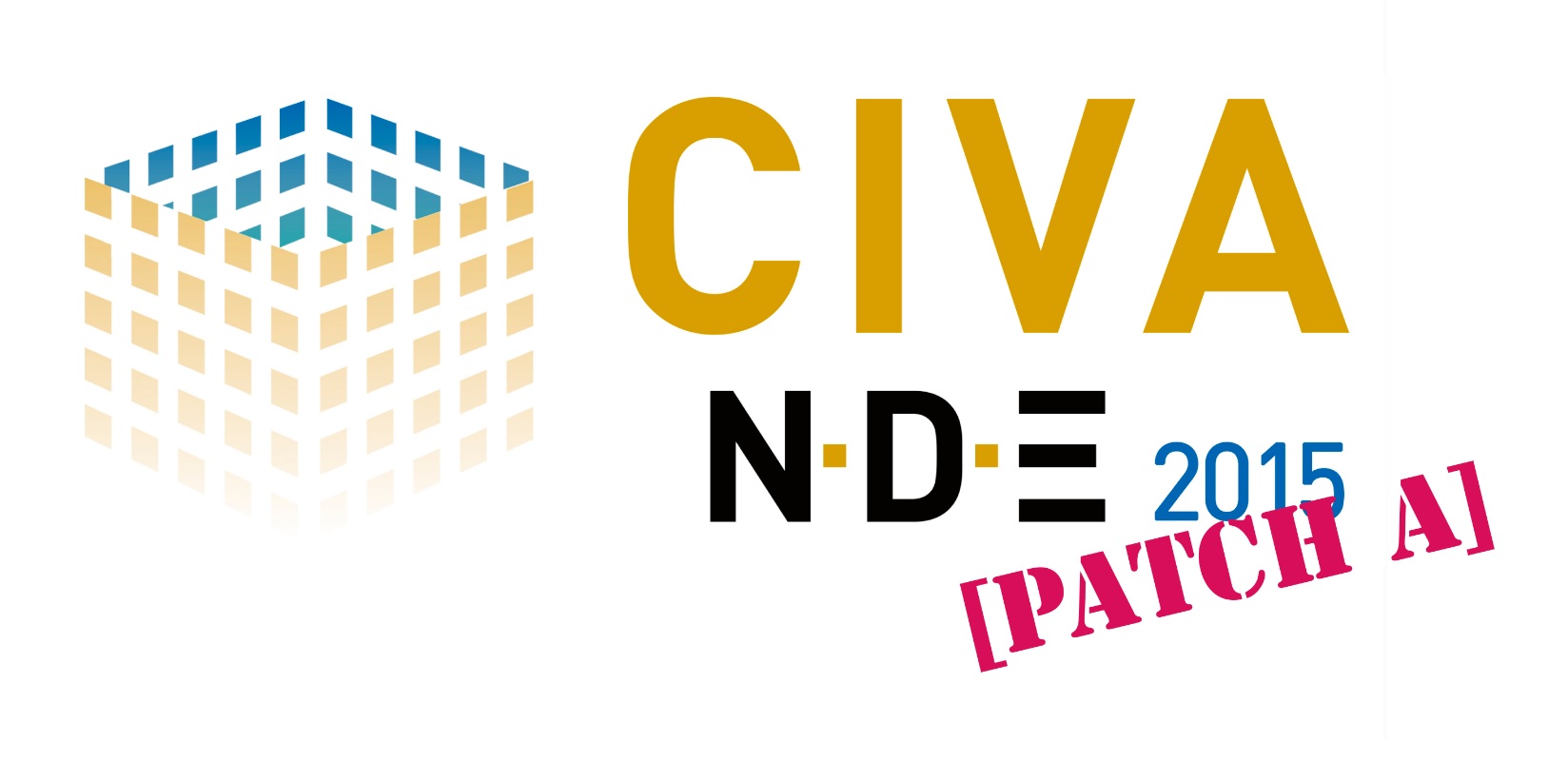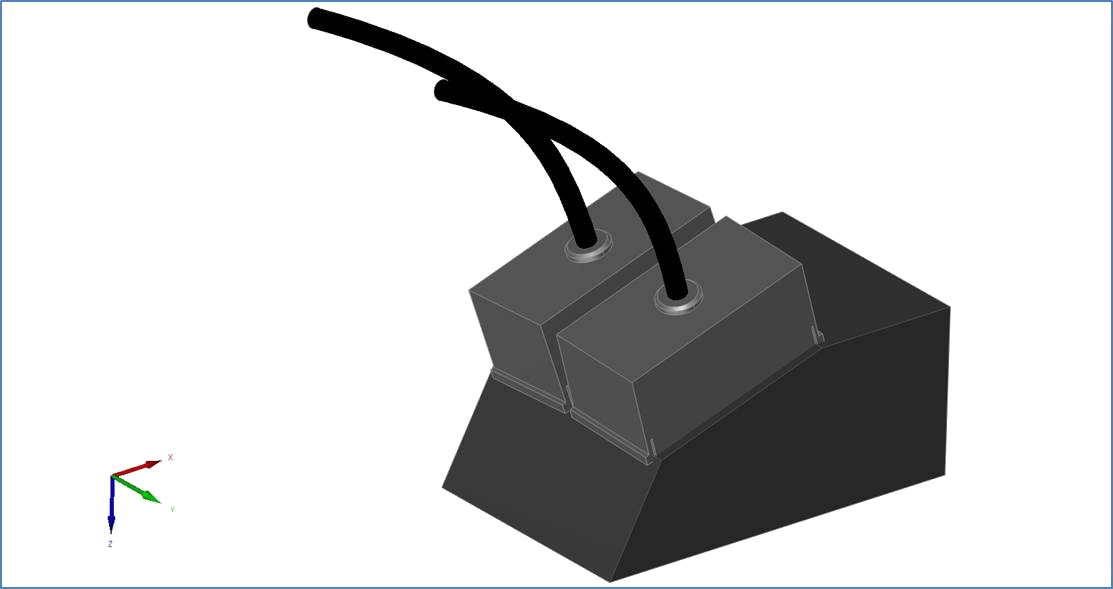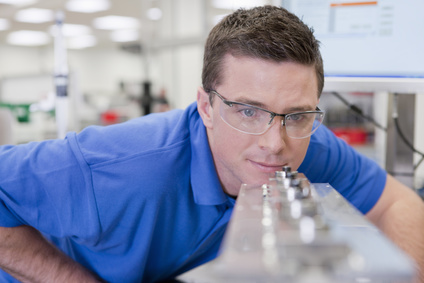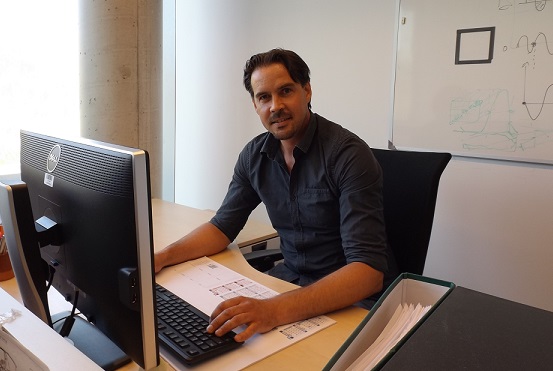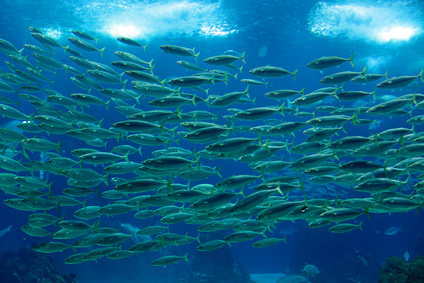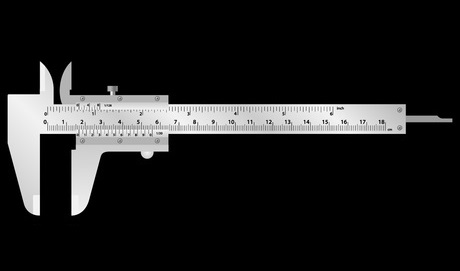|
| ||
 |
Non Destructive Testing |
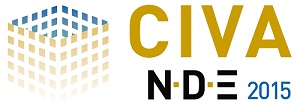 |
|
|
| CIVA News > July 2015s |
 |
|
Patch A now available! | |||||
| Dear CIVA customers, the “PATCH A” for the CIVA 2015 version is now available. This patch fixes various bugs related to data analysis and modeling. In our blog, you will find a short list of what is new depending on the module. Of course in each technique, many other various bugs have been fixed. You should have received recently from EXTENDE an e-mail to inform you where to download this patch to upgrade your CIVA 2015 version. Do not hesitate to contact us for more information if necessary. We recommend you to install this patch as soon as you can in order to benefits from all those improvements. | |||||
|
|
|
New offer for CIVA UT Users | |||||
| In the framework of your NDT/NDE activity, you are working on a UT inspection with a procedure requiring the use of one or more probes with a separate Transmitter and Receiver (TRL probes). You would like to utilize the benefits of CIVA modeling software, but you are not sure of some input parameters required in the CIVA Graphical User Interface for such probes, or you do not know which numerical values should be defined in order to accurately model your probes and get relevant simulations. EXTENDE can provide you with a probe setting file ready to load in CIVA and based on experimental data. Read more. | |||||
|
|
|
New validation cases of CIVA UT | ||
|
New validation cases of CIVA UT are now available for TOFD inspections in order to complete previous validation work on this subject. The studies deal with diffraction echoes on the bottom edge of notches, backwall echoes and lateral waves. Inspections are carried out with 3 pairs of contact probes propagating L waves at 45°, 60° and 70°. Predictions of CIVA are compared to experimental results. Visit our website to read more about these comparison results. | ||
|
|
|
New validation cases of CIVA ET | ||
|
For the first time, Eddy current validation cases are published on our website.
In these studies, flat specimens and multilayer plates containing several types of defects are inspected with different coils. The variations of the coil inductance and impedance resistance are calculated as a function of the coil position above the defect, as compared to their values on a defect free section of the plate. Simulation results are then compared to experimental results. Visit our website to find these validation experiments. | ||
|
|
|
Interview: Mr. Gwenaël Toullelan | ||
|
Mr. Gwenaël Toullelan, is working at CEA and is responsible of experimental characterizations of CIVA. He accepted to share with us some words in order to explain to us the goal and the execution of this process.
M. Toullelan, could you please explain to us what this process is? (What is the point?) Digital simulation is a powerful tool widely used in the process of qualification of NDT inspections. The reliability of the conclusions drawn from the simulation depends directly on the validity of the codes and models used. It is therefore... Read more | ||
|
|
|
New videos of CIVA | ||
New videos have been uploaded on our YouTube Chanel. The most recent ones added are:
| ||
|
|
|
UT are not only for NDT | ||
| Talking about NDT, we noticed that some of the techniques we use are also applied in other unexpected areas. One of them is for Fishing! Indeed, a tool exists: the Fishfinder. This sonar imaging system uses ultrasonic transducers to help fishermen to detect in real-time the fish beneath or to the side of your boat. Though the frequencies of the transducers are lower, it works like a giant pulse echo immersion system, only instead of trying to detect flaws, you are trying to detect fish! Read more. | ||
|
|
|
CIVA Tip: Keying in inches instead of mm | ||
| Whatever your application domain, it is often necessary to handle on one hand some parameters in inches, and on the other hand some parameters in mm. The conversion is obviously not a big issue, but we wanted to make things easier for the CIVA users and allow them to directly input one or the other unit in their CIVA modeling configuration. Thus since CIVA 2015, the CIVA Graphical User Interface allows keying in any numerical parameter in inches instead of mm. This is moreover very easy to do, once you know the trick! Read more. | ||
|
|
|
|
|
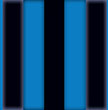 |
Le Bergson, 15 avenue Emile
Baudot 91300 Massy - France contact[a]extende.com |
PO BOX 461, Ballston
Spa
NY 12020 -
USA
contactus[a]extende.com |
License 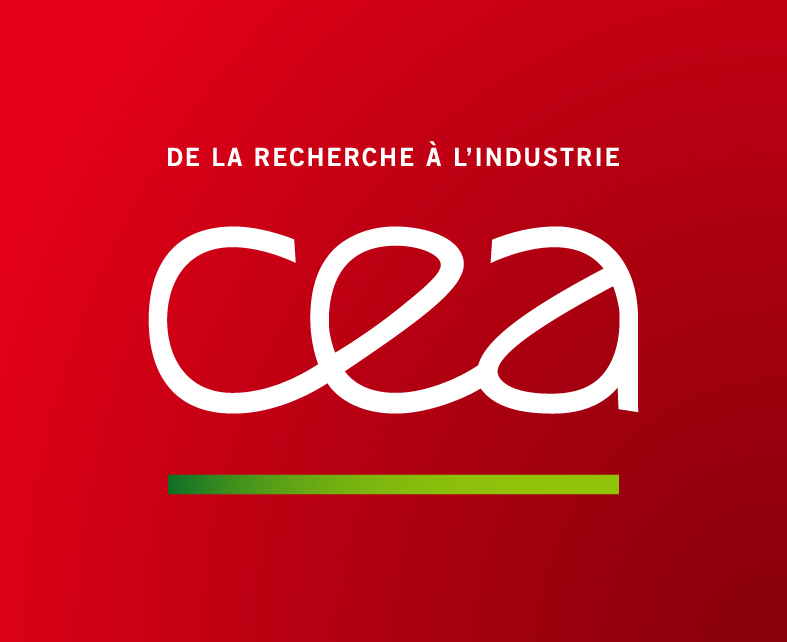 |
